Back to School season can be crazy! You may have no idea what you need as you prepare for your special education classroom. No worries, I’m here to help you with 10 special education teacher tools that you must have! These are also educational tools for special needs students. Make sure to check out the original post for special education prep! These are definitely special education classroom must haves.
Binders are an essential tool in special education classrooms, offering teachers a way to organize important documents and resources. They can be used to create student portfolios, containing IEPs, progress reports, and samples of student work, enabling easy tracking of progress and collaboration with others.
Binders also help organize instructional materials, worksheets, and lesson plans, making it convenient to access resources during lessons and provide differentiated instruction. By utilizing binders, special education teachers can enhance organization, collaboration, and instructional effectiveness, ultimately supporting the success of their students.
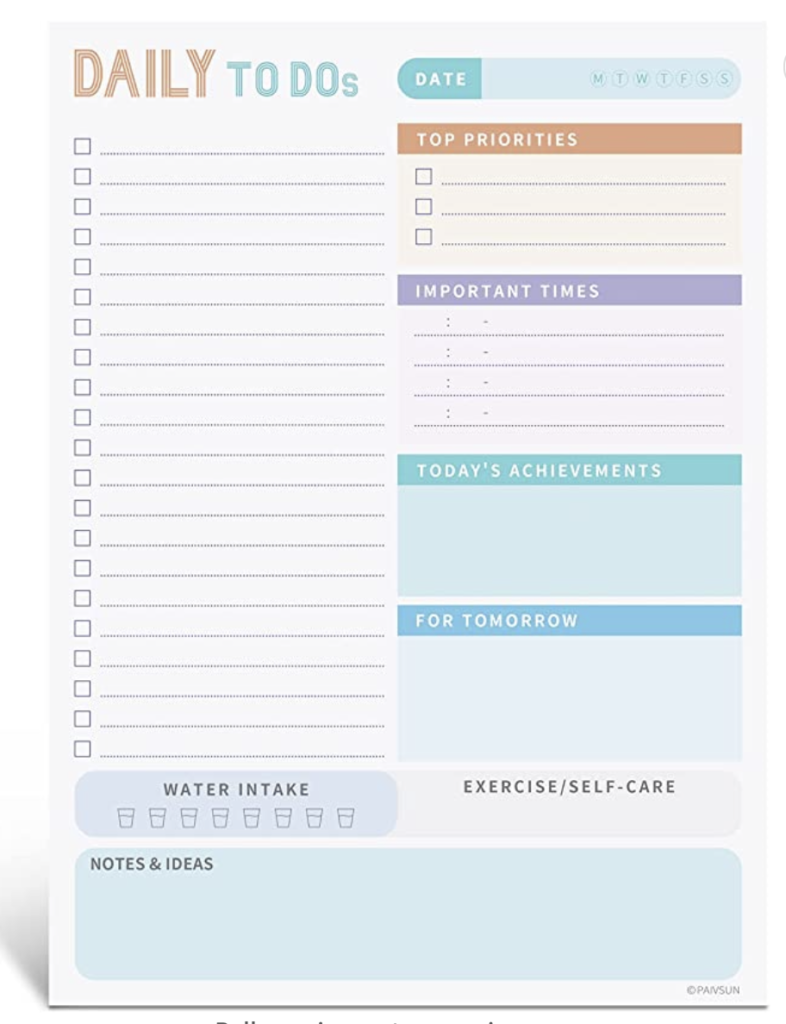
To-do lists and notepads are valuable tools for special education teachers in managing their daily tasks and responsibilities. These tools can help teachers stay organized by jotting down important reminders, tasks, and deadlines. By creating and regularly updating to-do lists, teachers can prioritize their work and ensure that essential activities, such as lesson planning, IEP meetings, and progress monitoring, are completed in a timely manner.
Notepads provide a convenient space for quick notes, observations, and ideas during instructional sessions or meetings, enabling teachers to capture important information and refer back to it later. The use of to-do lists and notepads empowers special education teachers to stay focused, efficient, and proactive in meeting the diverse needs of their students and effectively managing their classroom responsibilities.
Pocket dividers for binders are valuable organizational tools for special education teachers in managing student information and resources. These dividers provide designated pockets or sections within a binder to store and categorize important documents, such as IEPs, progress reports, behavior plans, and assessment records, for each student.
By using pocket dividers, teachers can easily access and locate specific information related to individual students, saving time and ensuring that important documents are readily available when needed. Additionally, these dividers can be utilized to organize teaching materials, such as visual supports, worksheets, and activity sheets, according to specific subjects or skill areas, allowing for quick retrieval and efficient lesson planning.
The use of pocket dividers in binders promotes effective organization, simplifies data management, and enhances the overall workflow for special education teachers in their day-to-day classroom operations.
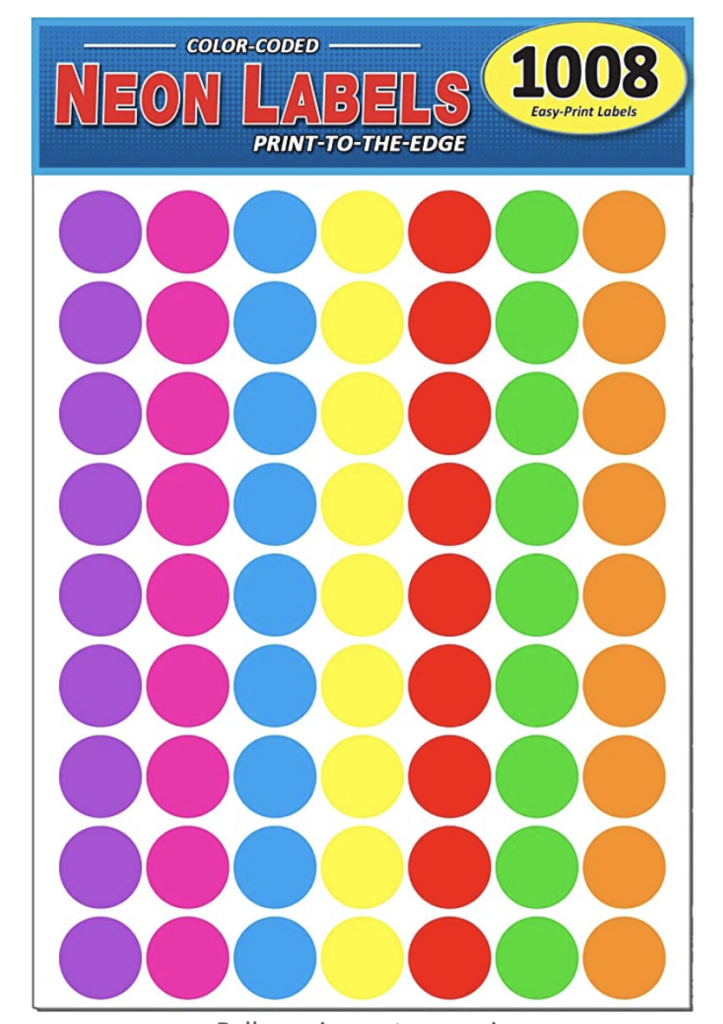
Different colored stickers can serve as effective labels in a special education classroom, aiding teachers in various organizational tasks. By assigning specific colors to different categories, such as subjects, skill levels, or individual students, teachers can easily identify and locate materials and resources. For example, teachers can use red stickers to label math-related materials, green stickers for reading resources, and blue stickers for art supplies.
This visual coding system helps streamline lesson planning, materials preparation, and classroom management. Additionally, colored stickers can be used to mark student work, providing a quick and visual way to differentiate between different assignments or levels of completion. This allows teachers to provide targeted feedback and track student progress more efficiently. The use of different colored stickers as labels promotes organization, simplifies resource identification, and enhances overall classroom efficiency in a special education setting.
Click counters can be a valuable tool for tracking behavior in a special education classroom. Teachers can assign a click counter to each student or use a single click counter to monitor the entire class. When a desired behavior is observed, such as following instructions, staying focused, or demonstrating positive social skills, the teacher can click the counter to record the occurrence. This provides a visual and auditory cue that reinforces positive behavior.
Click counters can also be used to track instances of challenging behavior, helping teachers identify patterns and triggers. By keeping track of behavior with click counters, teachers can gather data, monitor progress, and make informed decisions regarding behavior interventions and supports. The use of click counters in a special education classroom promotes consistency, provides real-time feedback, and encourages self-awareness and self-regulation skills in students.
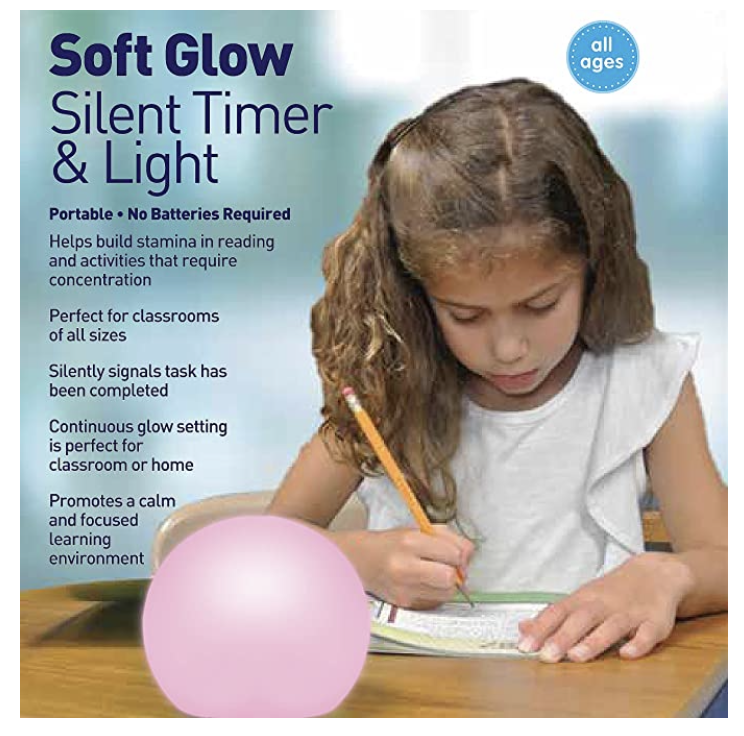
Visual timers are essential tools for supporting time management and promoting structure in a special education classroom. Teachers can use visual timers, such as sand timers or digital countdown clocks, to provide a visual representation of the passing time. This helps students with disabilities, who may struggle with concepts of time, understand how much time is left for an activity or task.
Auditory timers, such as alarms or chimes, can be set to go off at specific intervals to signal transitions between activities or to remind students of upcoming tasks. This auditory cue helps students stay on track and provides a clear indication of time passing. By incorporating visual and auditory timers into the classroom, teachers can enhance student organization, promote time awareness, and reduce anxiety associated with time constraints. These tools offer a multi-sensory approach to time management, facilitating a more structured and efficient learning environment for students with special needs.
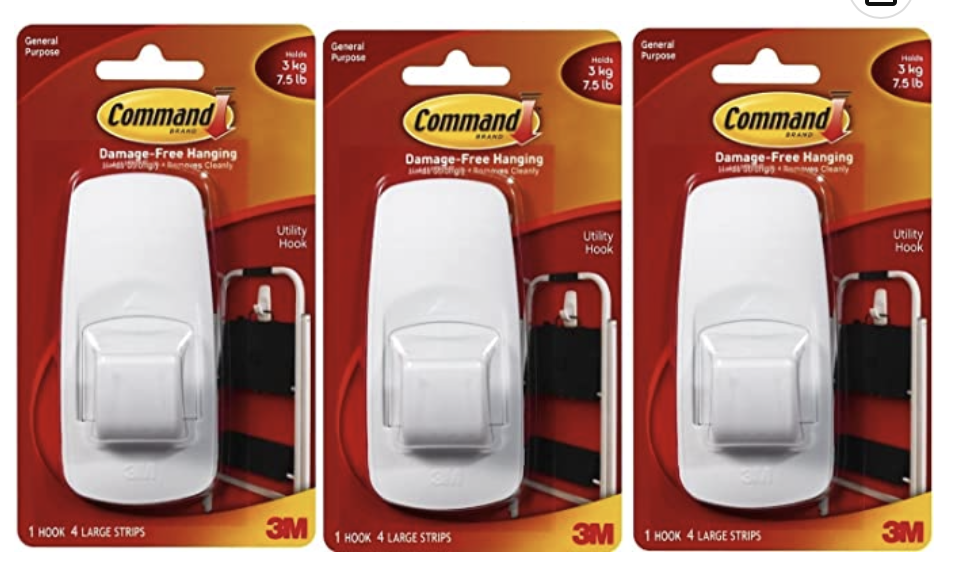
Command hooks are versatile and practical tools that can greatly benefit a special education classroom. Teachers can use command hooks to create visual supports, such as hanging visual schedules, choice boards, or behavior charts. By having these visuals easily accessible and displayed at the students’ eye level, it helps to reinforce routines, increase independence, and promote positive behavior. Additionally, command hooks can be used to organize and store various classroom materials, such as visual aids, sensory tools, or adaptive equipment.
By utilizing command hooks strategically throughout the classroom, teachers can maximize space, keep materials within reach, and create a visually organized environment that supports students’ learning and independence. The flexibility and ease of use make command hooks an invaluable resource for special education teachers seeking practical solutions for classroom organization and visual supports.
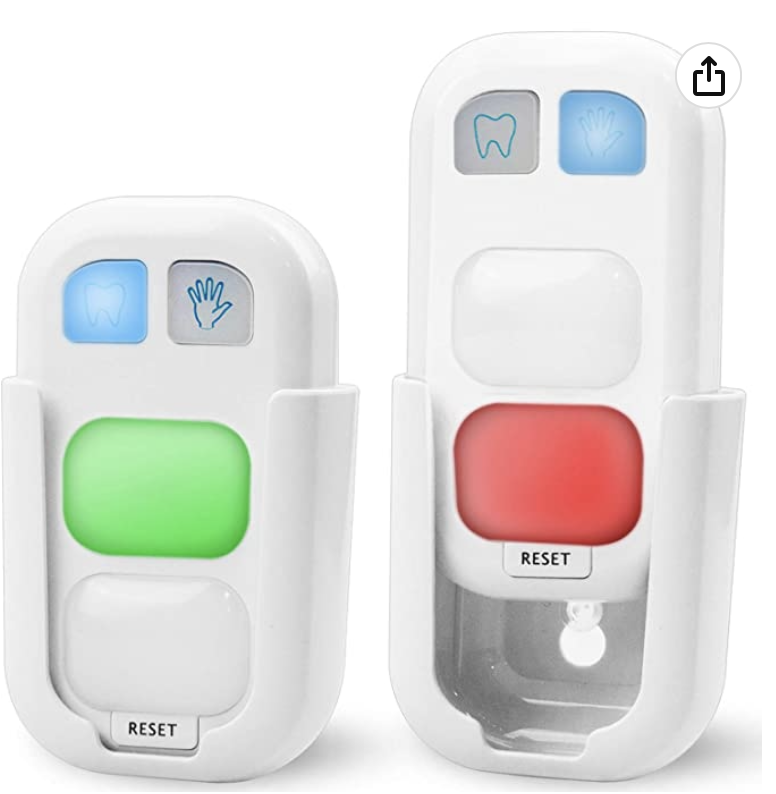
A hand washing and tooth brushing timer can be a valuable tool in promoting healthy hygiene habits in a special education classroom. Teachers can use the timer to establish consistent routines and time intervals for hand washing and tooth brushing activities. By setting specific durations on the timer, students can develop a sense of structure and responsibility in performing these self-care tasks. The timer serves as a visual and auditory cue, helping students understand the expected duration and ensuring that they allocate sufficient time for thorough hand washing and tooth brushing.
This promotes independence and fosters the development of important life skills. Additionally, the timer can be personalized with visual cues or prompts to support students with special needs, such as visual timers or picture schedules, enhancing their understanding and engagement in the hygiene routines. Overall, the hand washing and tooth brushing timer is a practical tool that helps create consistent and effective hygiene practices in the special education classroom, contributing to the overall well-being and health of students.
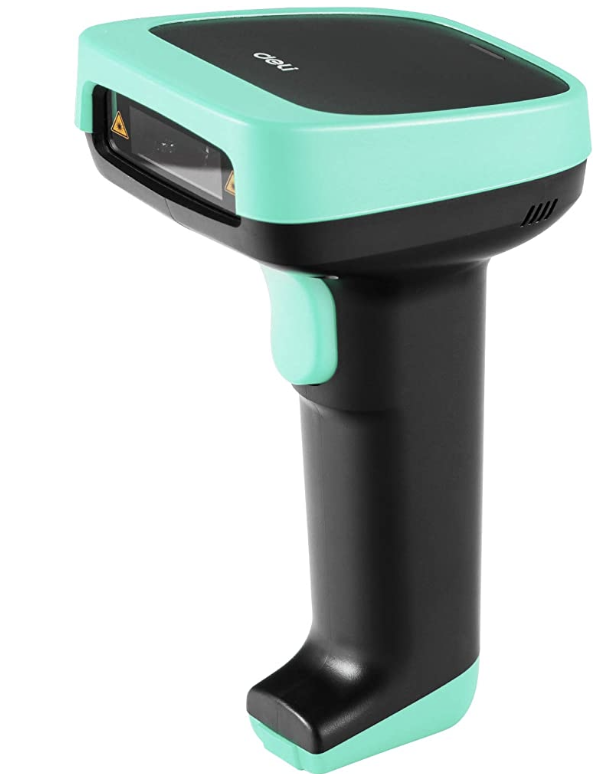
A book barcode scanner can be a valuable tool for organizing the classroom library in a special education setting. Teachers can use the scanner to quickly and efficiently catalog books by scanning their barcodes. This process eliminates the need for manual data entry and saves time, allowing teachers to focus more on supporting their students. Once the books are scanned, teachers can use library management software or apps to create a digital inventory of the classroom library.
This digital catalog can be easily accessed and searched, enabling teachers to locate specific books for students based on their individual needs and interests. Additionally, the barcode scanner can help track the circulation of books, allowing teachers to monitor which books are checked out and returned. This promotes independence and responsibility among students as they learn to select books, check them out, and return them. Overall, a book barcode scanner is a powerful organizational tool that streamlines the management of a special education classroom library, making it easier for teachers to provide a wide variety of reading materials to support their students’ learning and literacy development.

Colored masking tape can be a valuable tool for color coding in a special education classroom. By assigning specific colors to different items or areas, teachers can create a visual system that helps students with organization and understanding. For example, they can use different colored tape to designate specific learning centers, areas for materials, or personal spaces for students. This visual cue can assist students in navigating the classroom and understanding the organization of their environment.
Additionally, colored masking tape can be used to mark boundaries or pathways, making it easier for students to follow instructions and move around the classroom independently. Overall, colored masking tape provides a simple yet effective method for creating a visually structured and organized learning environment in a special education setting.
Want to know more about what you need for your classroom?
What are you looking for?
COPYRIGHT © 2025 Full SPED Ahead